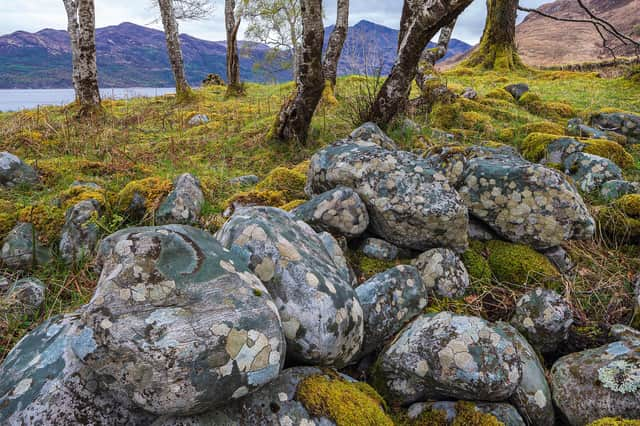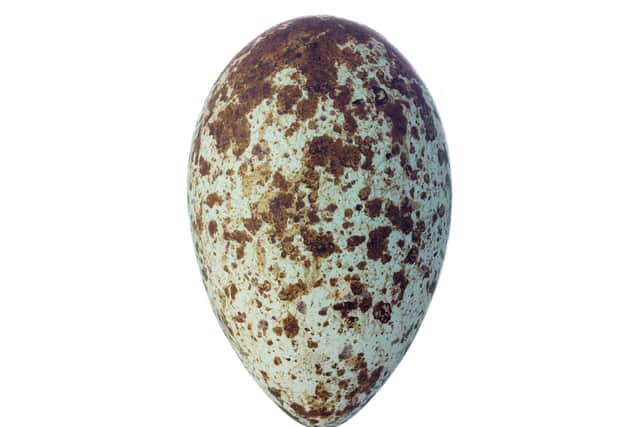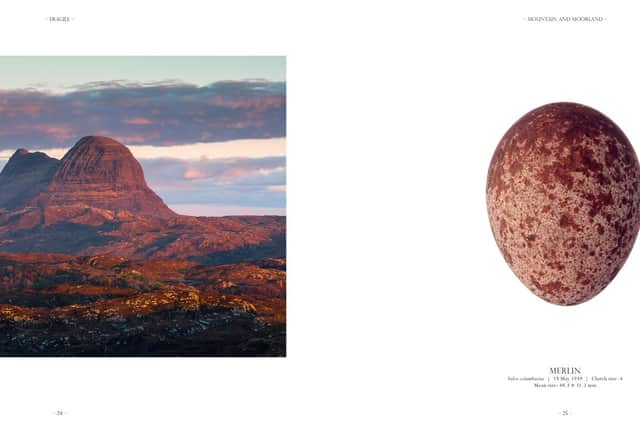Arts review of 2020: The best photography books of the year


After a year in which, more than ever before, we have been slaves to our screens – shopping on them, keeping in touch with friends and family on them, anxiously reading the news on them – it feels especially luxurious to be leafing through a pile of lavishly produced, cleanly-designed, large-format photography books. No need to scroll or tap, no pop-up ads to distract, no waiting for pictures to load – just a tactile, closed-circuit medium over which you have complete control. If print is to survive, in the face of the digitisation of just about everything, then this year's best photography books provide ample evidence of the ways in which paper and ink are still vastly superior to a soul-sapping back-lit screen plugged in to the information superhighway.
That said, sometimes it's necessary to spend a lot of time staring at one of the aforementioned screens in order to produce a spectacular printed product. Exhibit A: Colin Prior's wonderful book Fragile: Birds, Eggs and Habitats (Merrell, £40), in which the revered Scottish landscape photographer matches painstakingly created pictures of bird eggs from the collection of the National Museum of Scotland – each one made by combining between 40 and 80 different photographs into a single image in order to ensure pin-sharp three-dimensional rendition – with landscape photographs showing the habitat of the birds in question. Eggs and landscapes are presented on facing pages, and often the colour combinations of the eggs mirror those of the landscapes, with spectacular results. The beige egg of the Northern Lapwing, for example, mottled with dark brown and black splodges, chimes with the adjoining image of the Rinns of Islay and the Paps of Jura, glowing golden-brown at sunset, while the blue and brown spots of the egg of the Hooded Crow find echoes in a pile of lichen-covered rocks by the shore of Loch Hourn in Knoydart. Not that this is an exercise in colour-matching a la Dulux; more an invitation to lose yourself for a while in the infinite variety of nature, captured with breathtaking precision.
Advertisement
Hide AdFrom the infinite variety of nature to the infinite variety of Scottish football with Snapshot (Arena, £14.99) – an engrossing journey through the many facets of the beautiful game, as played and enjoyed in every corner of the country, with photography by Alan McCredie and essays by Daniel Gray. The book is subtitled "Scenes and stories from the heartlands of Scottish football" but they could equally have gone with "all the aspects of Scottish football that never make it onto the telly." If it's a while since you attended a game (and this year, for most people, it probably will be), it's easy to forget how much is airbrushed out by the televised version: the snack bars and burger vans, the coach travel to and from away games, the otherworldly glow of floodlights. McCredie and Gray do a brilliant job of bringing all this and more vividly to life, not to mention offering glimpses of the deeply-unglamorous-yet-somehow-still-magical realities of life for lower league clubs and their loyal followers, now sadly all-but ignored by the mainstream media.


They say if you can remember the 60s you weren't there, and the same could probably be said for much of the 90s, a decade which, with the benefit of hindsight, probably wasn't quite as cool as it thought it was. That said, it would be impossible to flick through the pages of Kevin Cummins' new book While We Were Getting High: Britpop and the 90s (Cassell, £30) and not feel that maybe there was something a bit special going on after all. Not only did Blur, Oasis, Pulp, The Charlatans, Radiohead, Suede, The Verve and all the rest completely reconfigure the musical landscape in the space of a few short years, as the photographs in this book show beyond all doubt, they knew they were doing it. Yes, there was lots of goofing around (see Liam Gallagher sucking the finger of his NME Award, Blur playing with toys in a toyshop or the Boo Radley's dousing themselves in champagne) and yes, as per the book's title, mind-altering substances were evidently consumed. In some of these portraits, though, there's a real seriousness and lack of inhibition about the artists that seems to be mostly absent from today's demure, self-deprecating, media-savvy stars. Also, because these pictures were taken in a period when famous musicians didn't document every single moment of their waking lives on Instagram – a time when a photo shoot was still a rare event and not a daily occurrence – they have a sense of occasion and significance that's somehow harder to find in music photography now.
For four years, from 2004 to 2008, the photographer Hunter Barnes lived with the Nez Perce Tribe of the north-western United States, also known as the Nimiipuu, documenting their everyday lives and also special events such as powwows. Having devoted so much time to gaining their trust and learning their ways, in his book The People: Nimiipuu, Nez Perce Tribe (Reel Art Press, £29.95) he is able to create a complex, multi-faceted portrait of the community that defies easy categorisation or explanation. Yes, there are some images that seem to show a people still very much in touch with their own history and culture, wearing traditional dress, constructing traditional teepees and dancing traditional dances at at powwows. But there is also a disturbing image of a boy of perhaps 12 or 13 standing in front of a wall covered in graffiti which reads: "Why accept street names? We have naming ceremony. Why speak street language? You have a native tongue." Perhaps the most telling images in the book are those in which new and old seem to coexist in relative harmony: a woman called Cindy Rez cutting meat from what looks like a deer carcass while sitting in the back of a flat-bed truck; a couple called Jason and Delina posing in front of a teepee wearing a combination of traditional and modern clothes. This is a book which manages to acknowledge a horrific past and a difficult present whilst also pointing to a hopeful future.
Take some of the the greatest hits of the Surrealism and Pop Art movements, dunk them all into a large vat of very brightly-coloured paint, stir the mixture around for a few hours, and you might end up with something approximating the work of Kuzma Vostrikov and Ajuan Song. In their book Absolutely Augmented Reality (Scheidegger-Spiess, £42) the duo set up and photograph a series of mind-bending scenes using a dazzling range of models and props. Old-fashioned telephones turn into showers, a woman becomes entangled in the pipes of a tuba, a man appears to be growing horns, or are they really bananas? The nods to Magritte, Mondrian, Picasso, Warhol and others are there for those who like playing spot-the-reference, but these images are so cleverly and carefully put-together that they mostly work on their own terms.
Finally, 2020 has been a year in which – due to travel restrictions – most people in these islands will have been forced to spend most of their time close to home. Frequent flyers and sun-seekers will have found this difficult, of course, but for some a bit of compulsory staycationing will have served as a reminder of what a stunningly beautiful archipelago we are lucky enough to inhabit. Don't recognise that description of the British Isles? Then check out Landscape Photographer of the Year: Collection 13 (AA, £26) and revel in some of the jaw-dropping images entered in this annual competition. Some of the pictures are so incredibly detailed across such a huge depth of field that they almost seem hyper-real: Chris Gorman's shot of the Glenfinnan Viaduct, for example, Jake Kneal's Snowy Beach Copse in Wiltshire or overall winner Chris Frost's atmospheric shot of a sea of wild garlic flowers in Woolland Woods in Dorset. Yes, of course, you can find some wonderful landscape pictures on Instagram, but the online viewing experience doesn't even come close to seeing them as they are presented here, in crystal clarity on thick, glossy pages about a foot square.


So, if you're reading this on a phone or a tablet or a laptop, for the sake of your eyes and your heart and your soul, do yourself a favour: put your device to good use and order yourself one of the books mentioned above. Make a New Year's resolution to recover from the screen binge of 2020 by consuming more printed media in 2021. Then press the "off" button.